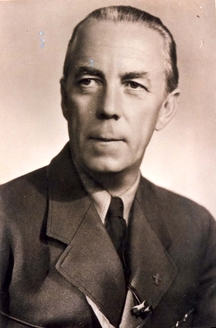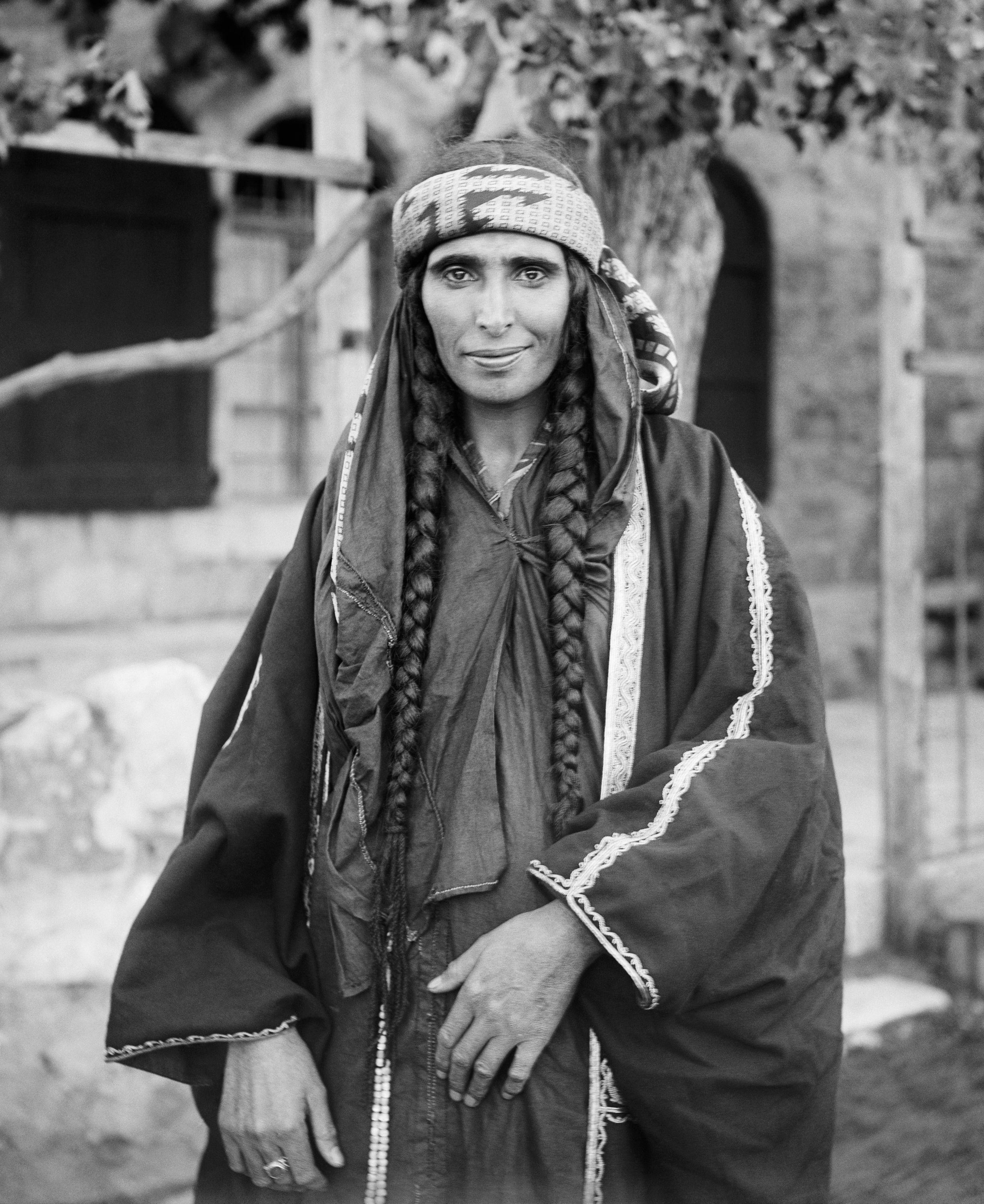To begin with, the nakba did not begin in 1948 — its origins lie over two centuries ago. For Palestinians, 1948 marks the “nakba,” which literally translates to “catastrophe,” when hundreds of thousands were forced out of their homes; however, for Israelis, the same year marks the creation of their own state.

The story began in 1799, outside the walls of Acre in Ottoman-controlled Palestine. The army, led by Napoleon Bonaparte, surrounded the city, in an attempt to defeat the Ottomans and establish French influence. To accumulate allies, Napoleon persuaded the Jews to unite against their apparent oppressor and convinced them they will be offered a protected homeland in form of Palestine. Although Napoleon’s plan received much publicity, he was unsuccessful and today only a statue of him atop a hill remains.

Napoleon’s plan of creating a Jewish homeland under a colonial protectorate was, 40 years later, revived by the British. In response to mass Jewish immigration, the Palestinians launched a national strike on April 19, 1936. The British, expectedly, responded with force, killing more than 190 Palestinians and wounding more than 800. Arab leaders, fearful of additional violence, recommended the Palestinians to put an end to the strike, and the Palestinian leaders, resultingly, agreed to meet the British Royal Commission of Inquiry led by Lord Peel.
The Commission proposal provoked controversial debate, and as the tension between Palestine and Britain intensified, the number of lives gone in violence increased — over 1,000 Palestinians, 37 British military police and 69 jews were killed.
The 1937 Peel Commission recommended the partition of Palestine: one-third of it was to become a Jewish state and the remaining two-thirds were to be become an Arab state to be merged with Transjordan. The Commission proposal provoked controversial debate, and as the tension between Palestine and Britain intensified, the number of lives gone in violence increased — over 1,000 Palestinians, 37 British military police and 69 jews were killed.

After three decades of British hegemony, Palestine’s issue was directed to the United Nations. On Nov. 29, 1947, the UN General Assembly, under UN Resolution 181, divided Palestine into an Arab and a Jewish state, along with Jerusalem as an internationalized city.

After the partition resolution, British claimed it would conclude its authority in Palestine on May 14, 1948.
But, in the beginning of 1948, Jewish military forces began to seize additional Palestinian land, that by the end of July, over 400,000 Palestinians were forced to abandon their homes. Their ineffable difficulties as refugees had just begun.

In May of the same year, Swedish diplomat Count Folke Bernadotte had been appointed as the UN mediator in Palestine — his goal was to establish a peaceful agreement.
Feelings of dispossession, exile, and homelessness are prevalent in the hearts of many Palestinian elders who suffered the traumatic experiences first-hand.
As the Count observed devastated Palestinian villages and refugee camps in Palestine and Jordan, the intensity of disaster became unignorably noticeable. There were deplorable living conditions, long lines for food and severe lack of medical assistance.

Count Bernadotte was not new to human disaster; previously with Red Cross, he had helped more than 30,000 prisoners of war from Nazi concentrations camps. Now he aspired to help the Palestinians return to their homes. In Sept. 16, 1948, he wrote:
“It would be an offense against the principles of elementary justice if these innocent victims were denied the right to return to their homes, while Jewish immigrants flow into Palestine, and, indeed, at least offer the threat of permanent replacement of the Arab refugees who have been rooted in the land for centuries.”

His first proposal urged negotiation, a union between both states, and the return of Palestinian refugees — however, his proposal was rejected. On September 17 in Jerusalem, his motorcade was attacked, and he was shot by the Jewish Stern gang.
Today, the struggle for Palestine is perceived as the battle or the conflicts between Arabs and jews. Yet, a significant factor that is typically overlooked behind the Palestinian nakba of 1948 is the significant role played by the influential British power. This raises a subsidiary question:
How “honorably” Britain maintained its duty of protecting the Palestinian land after its partition and what did it gain from drawing Palestine’s map and painting its history?

Till today, Palestinian culture and intellectual life is severely affected the by the nakba and the refugee life. Feelings of dispossession, exile, and homelessness are prevalent in the hearts of many Palestinian elders who suffered the traumatic experiences first-hand. For examples, almost all of the well-known Palestinian writers have focused their letters of the past 60 years on the experiences of the nakba, the destruction of Palestinian life.
The longing for the life of pre-1948 Palestine is noticeable in others aspects of modern Palestinian culture, as well, e.g. each year since 1976, March 30 is commemorated as national Land Day.

In addition, teaching of embroidery to younger generations, respect for olive trees, the wearing of kufiyya (white head covering worn by male Palestinian peasants), all serve as symbols of rootedness, the Palestinian struggle and meaningful connection with the ancestral land.

